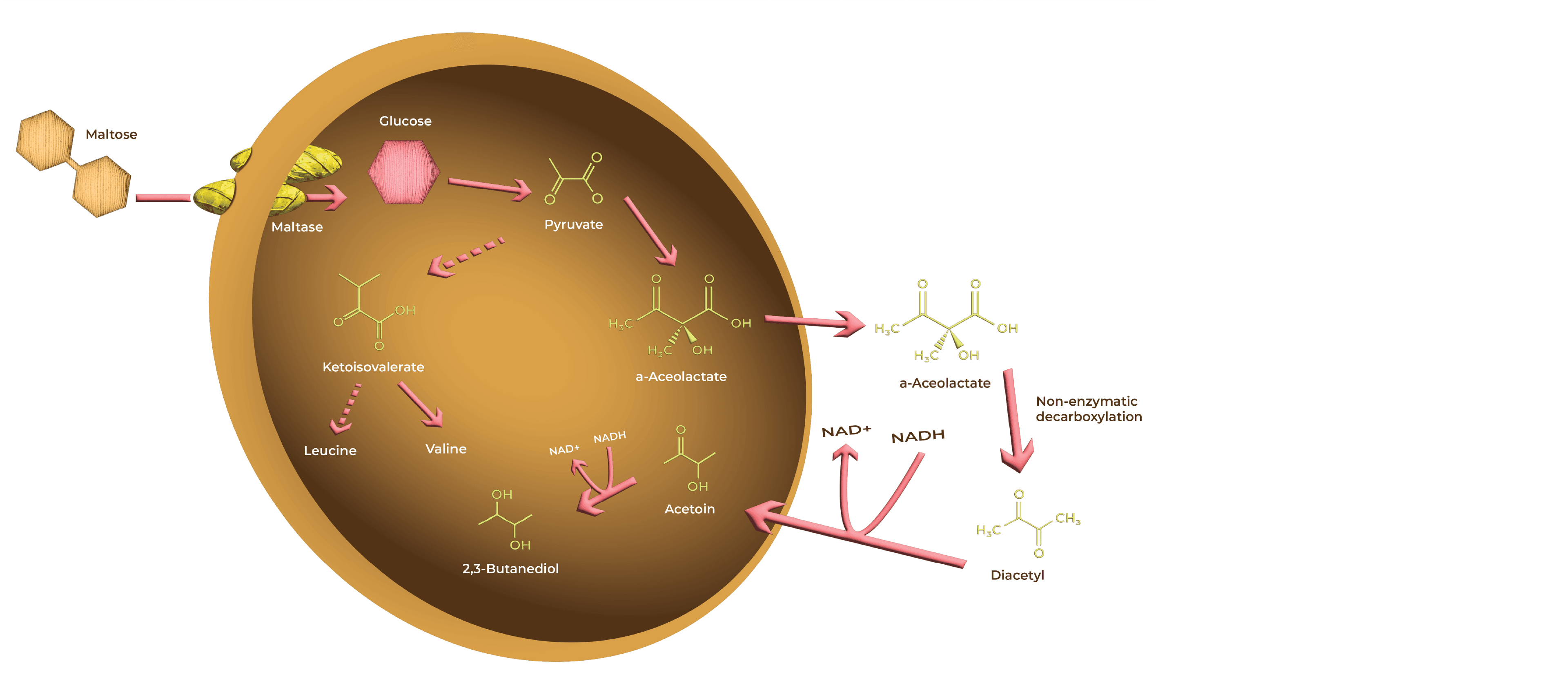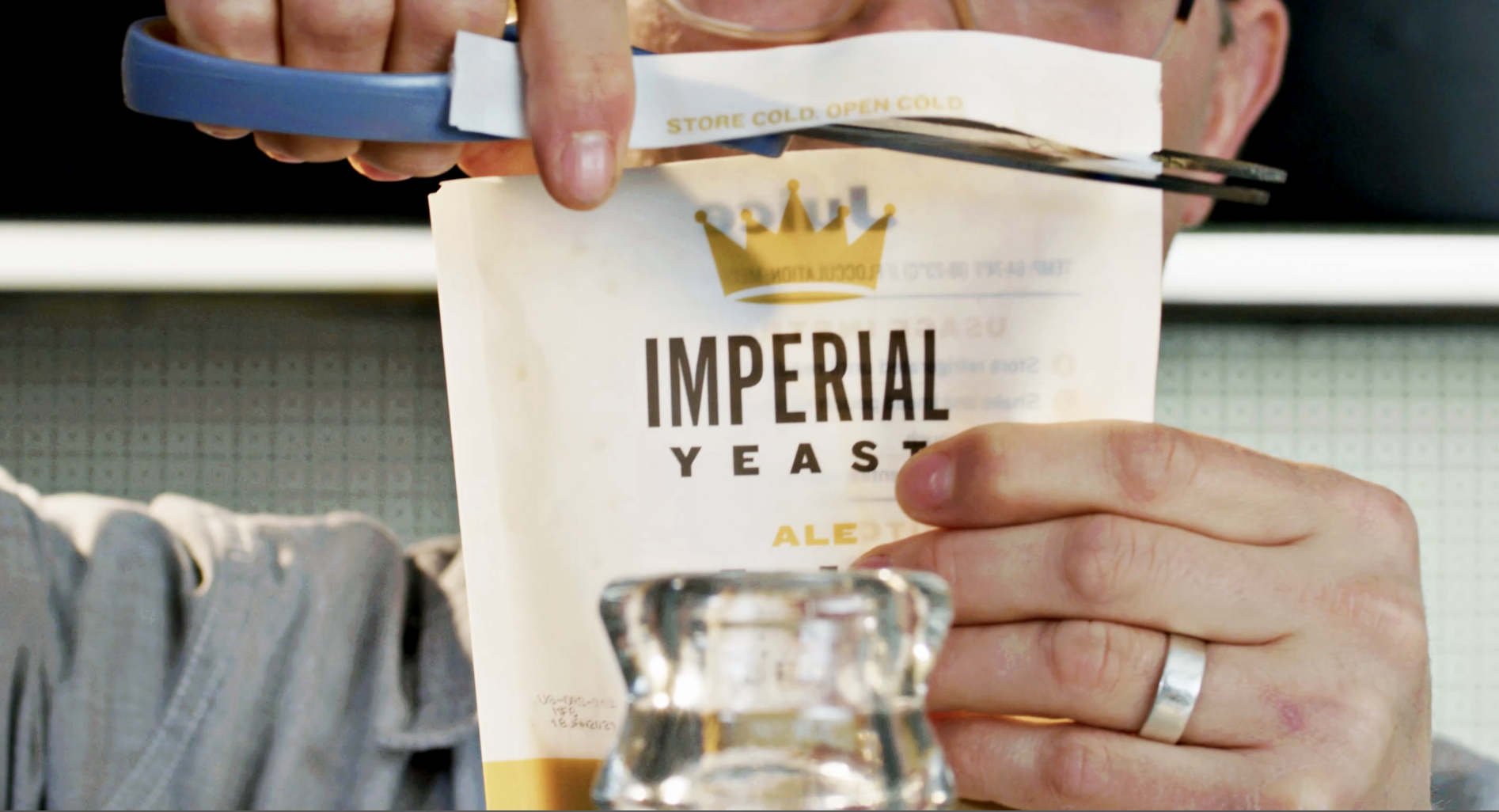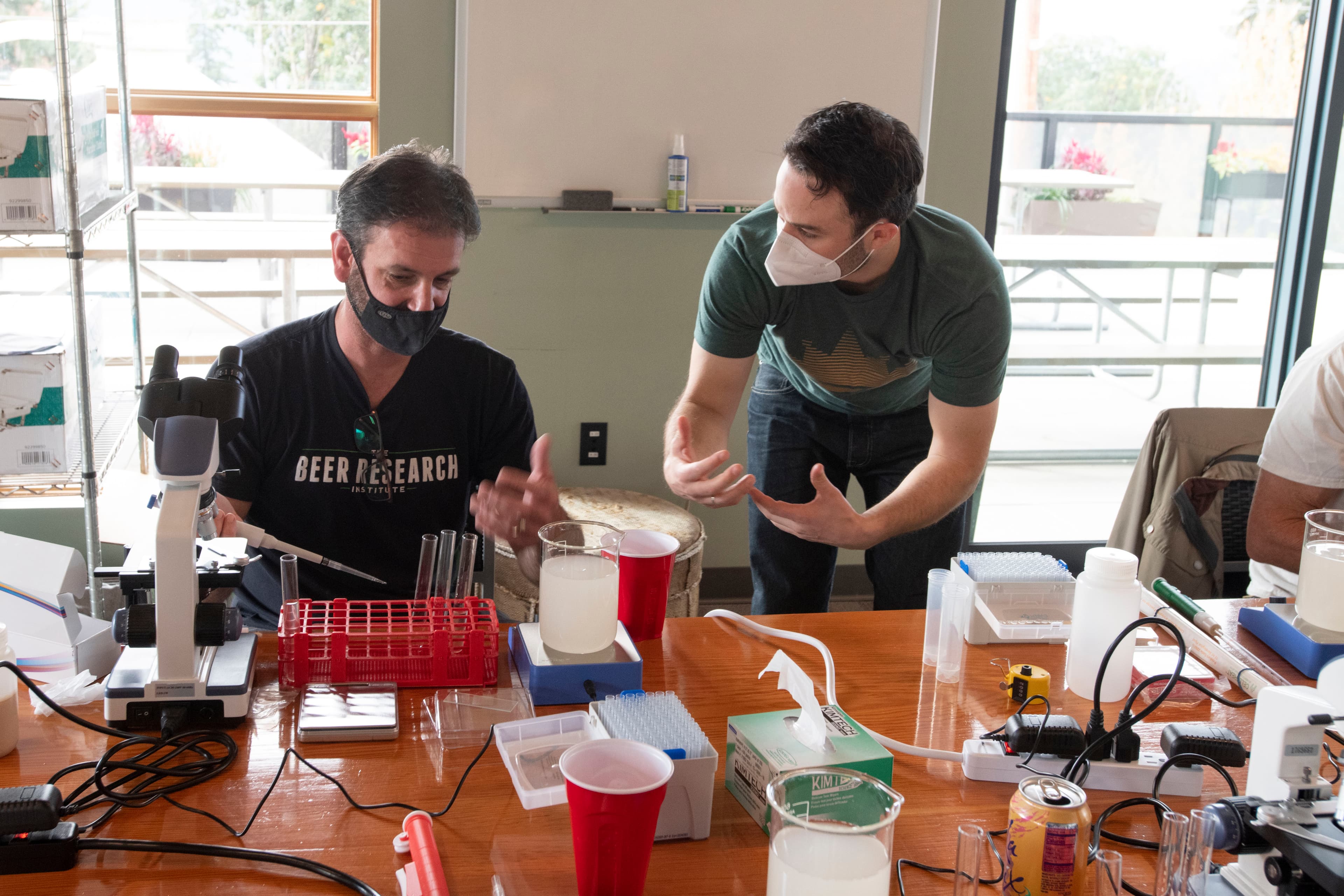
.jpg&w=3840&q=75)

Document Library
Take a deeper dive into specific industry-related subjects with our downloadable technical papers, tutorials, and brew-centric presentations.
Learn More.jpg&w=3840&q=75)

Professional Video Library
Videos for the professional brewers looking to improve their fermentation and save money!
Learn More

Educational Opportunities
Looking to level up your brewing knowledge? See what educational opportunities we have coming up.
Learn More